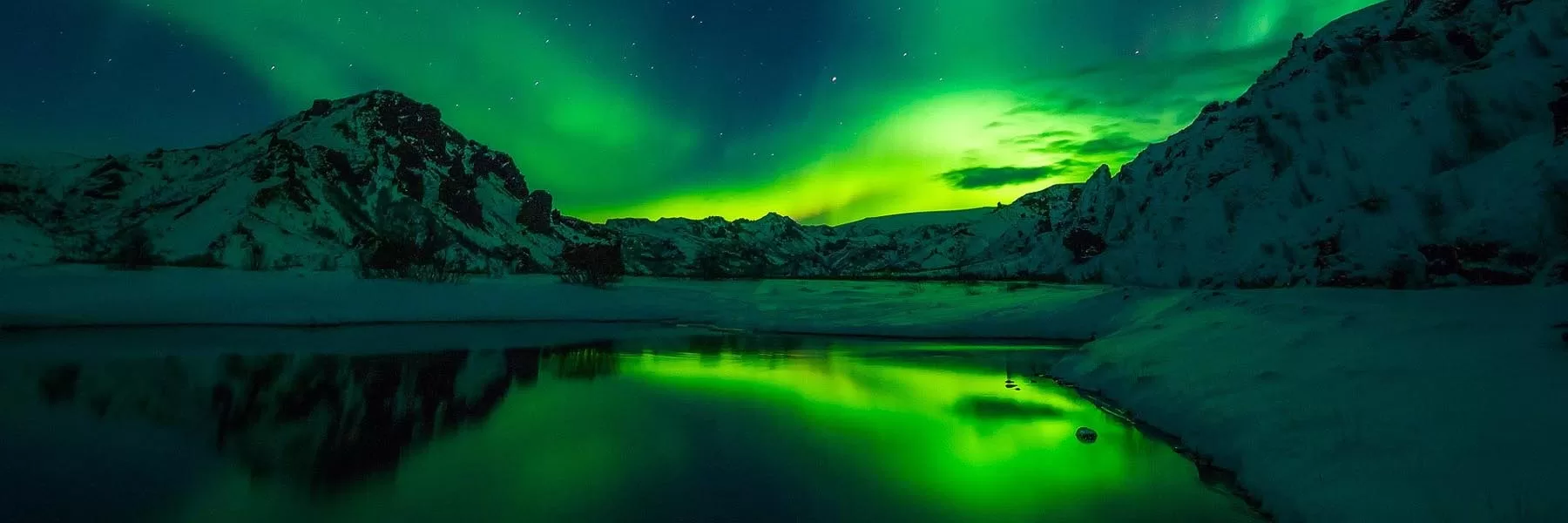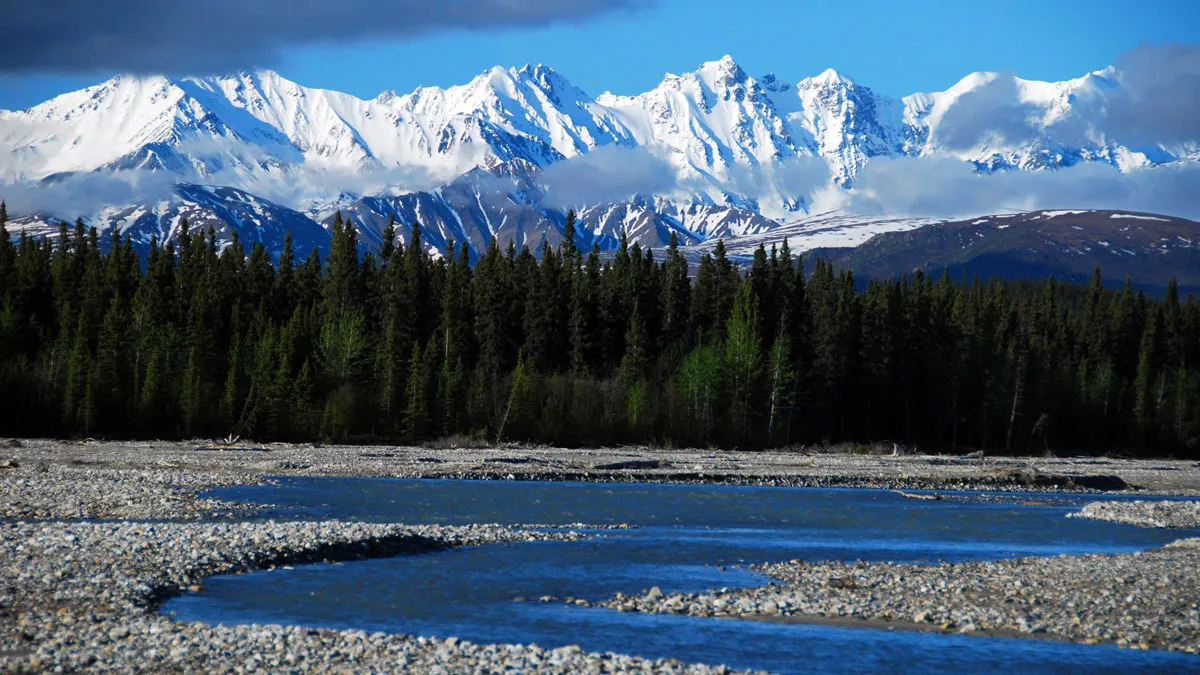

The taiga biome, also known as the boreal forest, is the world's largest land biome, characterized by coniferous forests, long cold winters, and short, cool summers, found in a broad belt across the northern parts of North America, Europe, and Asia. This biome is primarily composed of dense forests made up of coniferous trees like pines, spruces, and firs, which are well-adapted to the cold with their needle-like leaves that conserve moisture and can shed heavy snow. The taiga's soil is typically acidic and poor in nutrients, often underlain by permafrost, which limits the types of plants that can thrive. Despite this, a variety o plants, including mosses and shrubs manage to grow in the summer months when temperatures slightly rise.
The harsh climate and dense forests also support a range of animals adapted to survive in such an environment. Species like moose, wolves, bears, and lynx are common, along with many migratory birds that come to the taiga during the summer.While the taiga is known for its extreme cold and challenging living conditions, it also plays a vital role in global climate regulation, as it serves as one of the largest carbon sinks on Earth. This biome is a beautiful yet harsh testament to nature's resilience in the face of extreme temperatures.
Temperatures: 23 degrees to 41 degrees
Vegetation: Coniferous trees like pines, spruces, and firs
Location: Northern Europe, Asia, and North America
